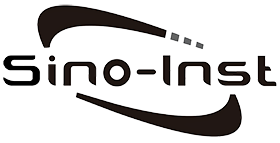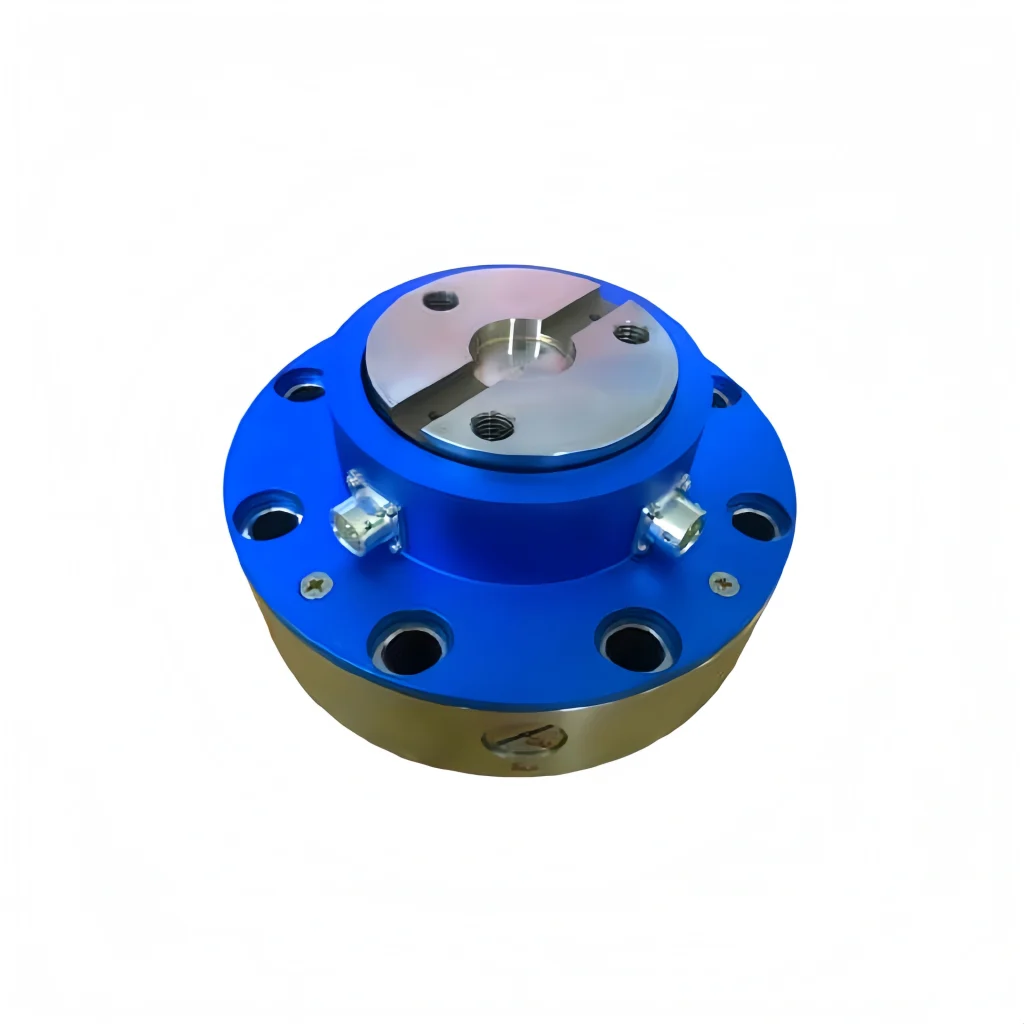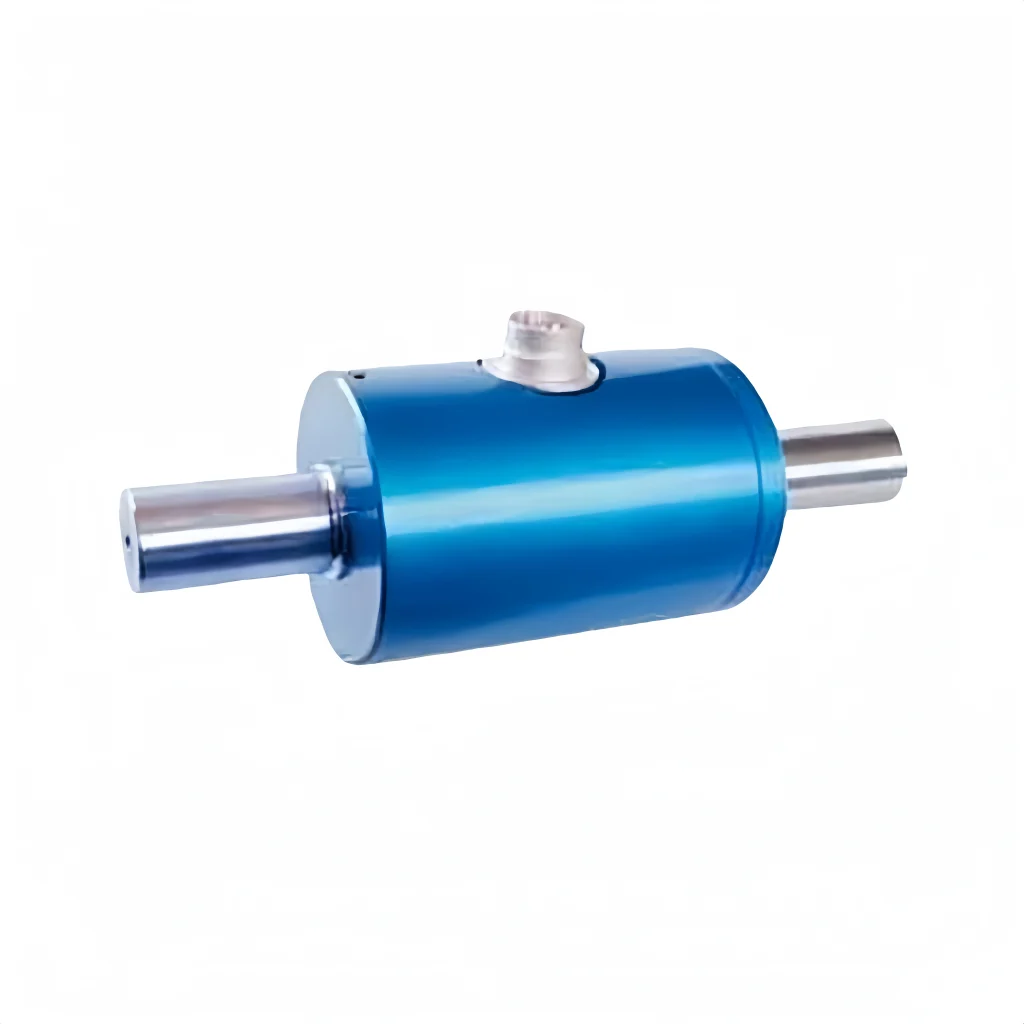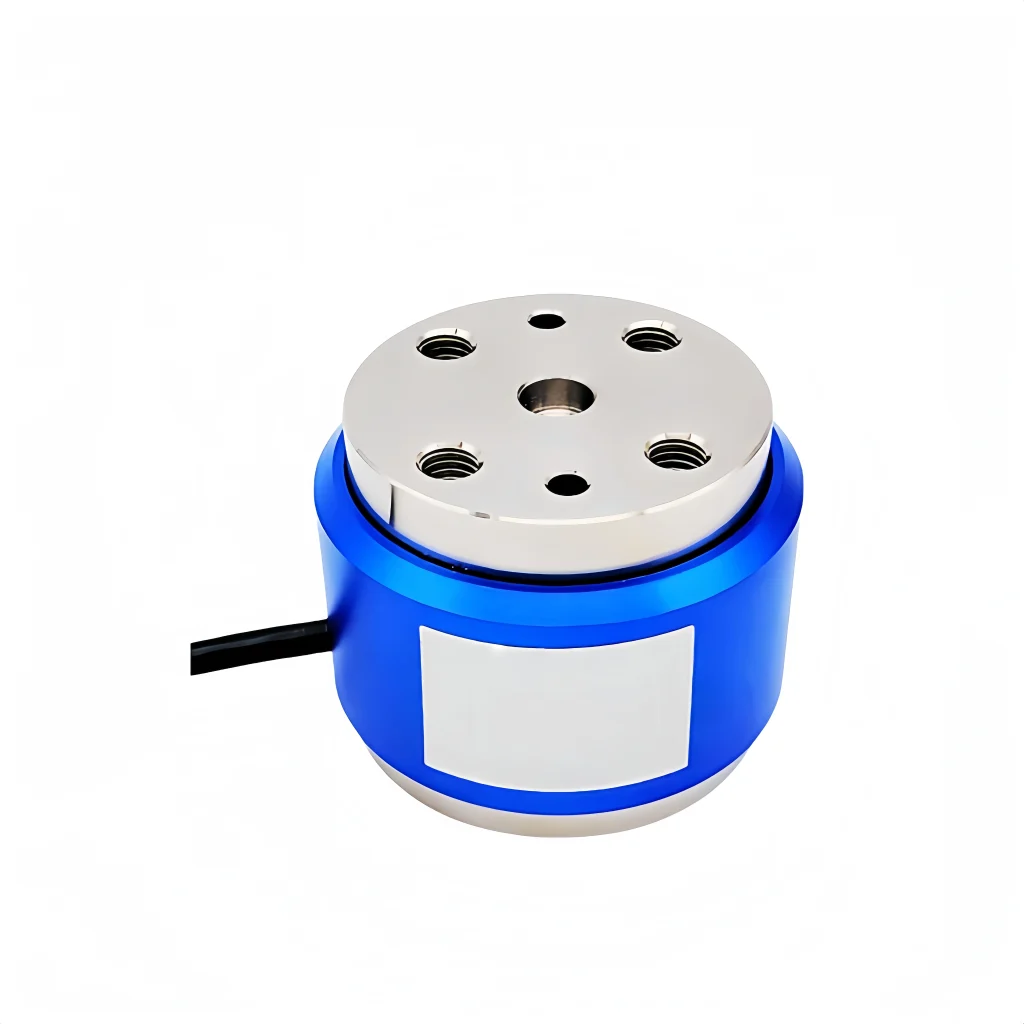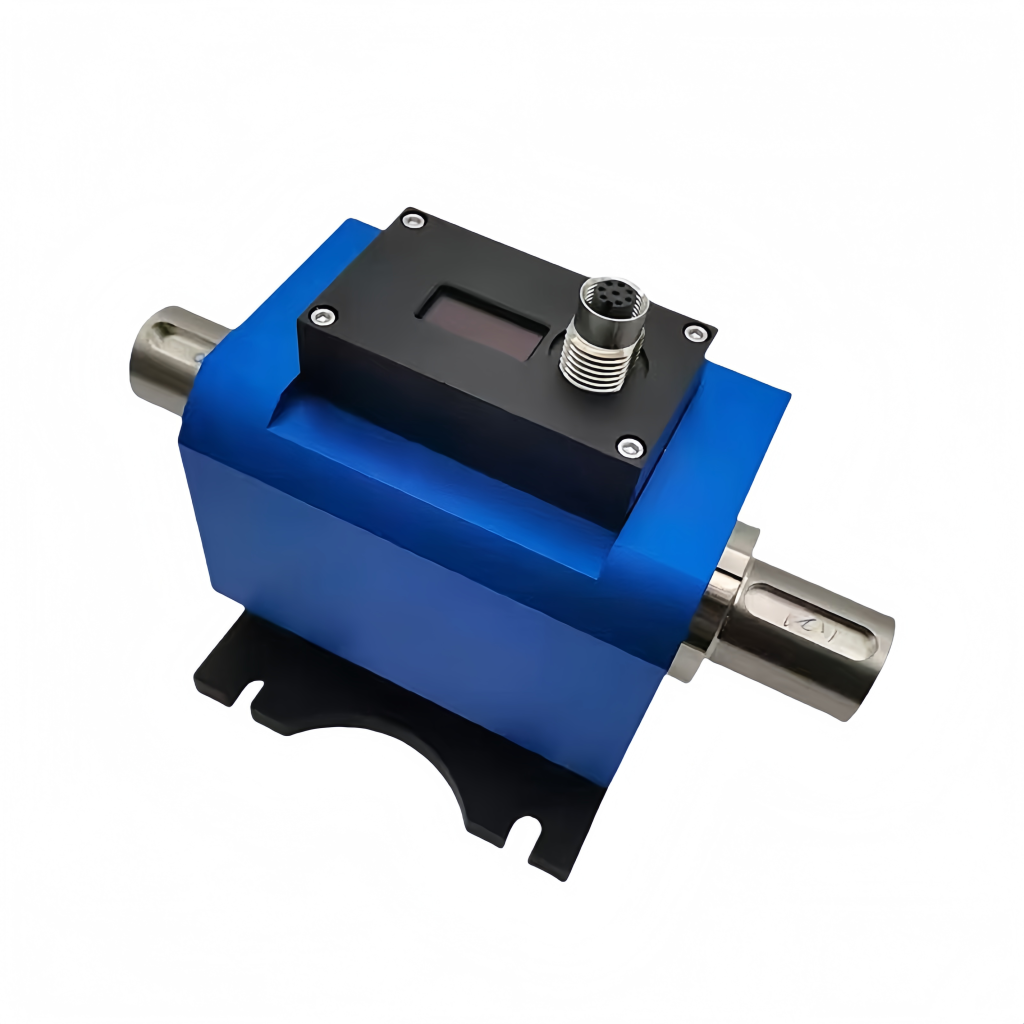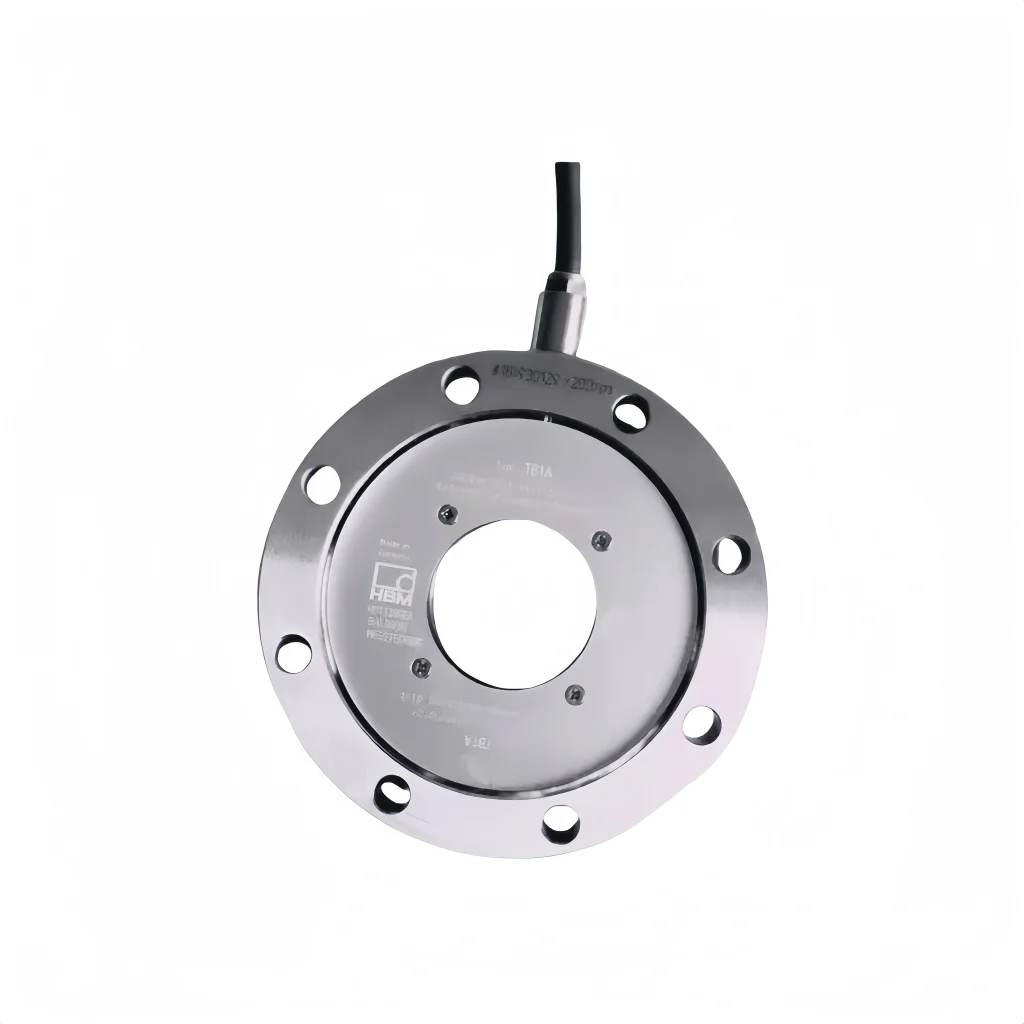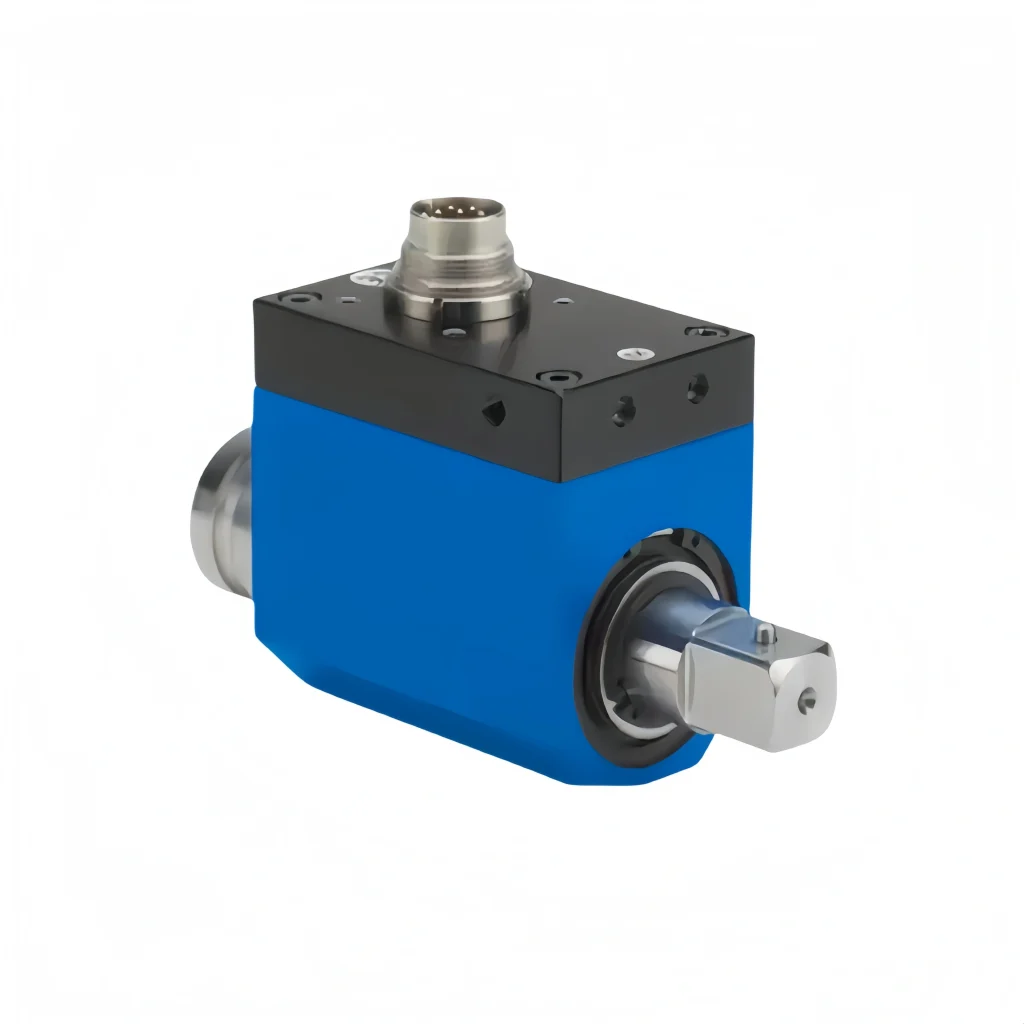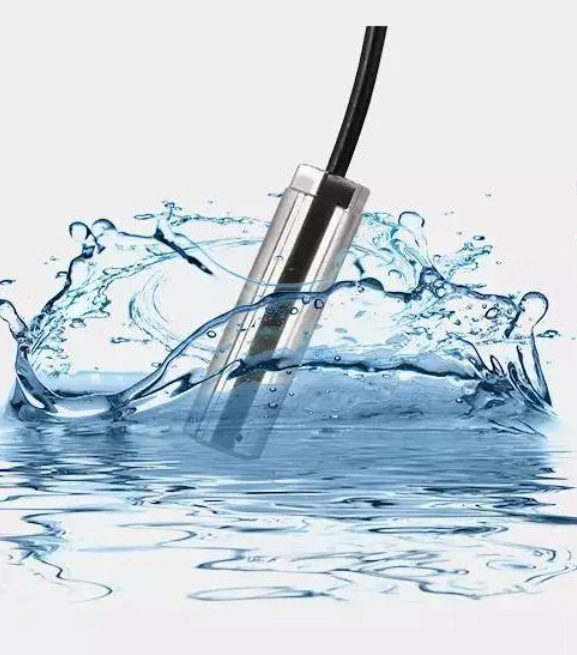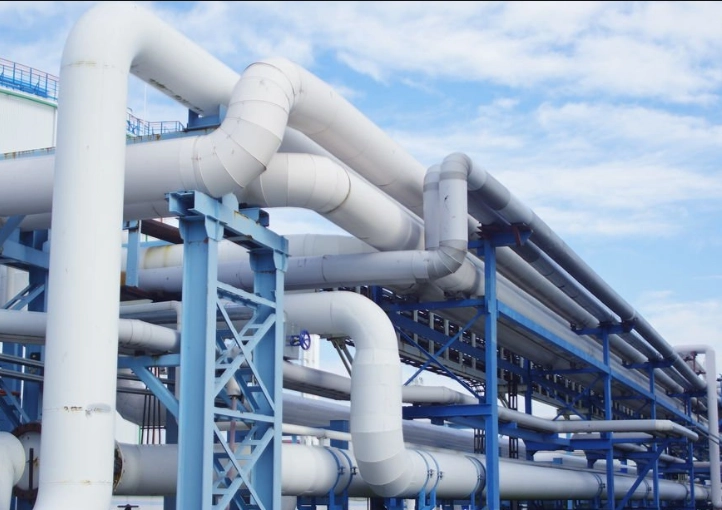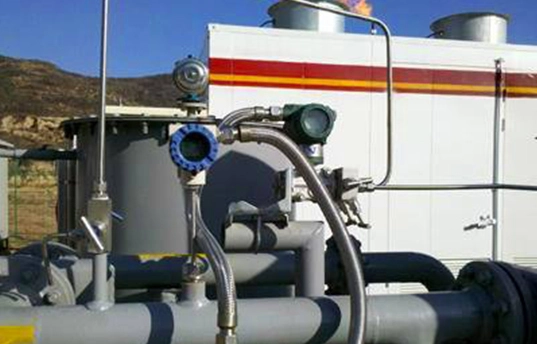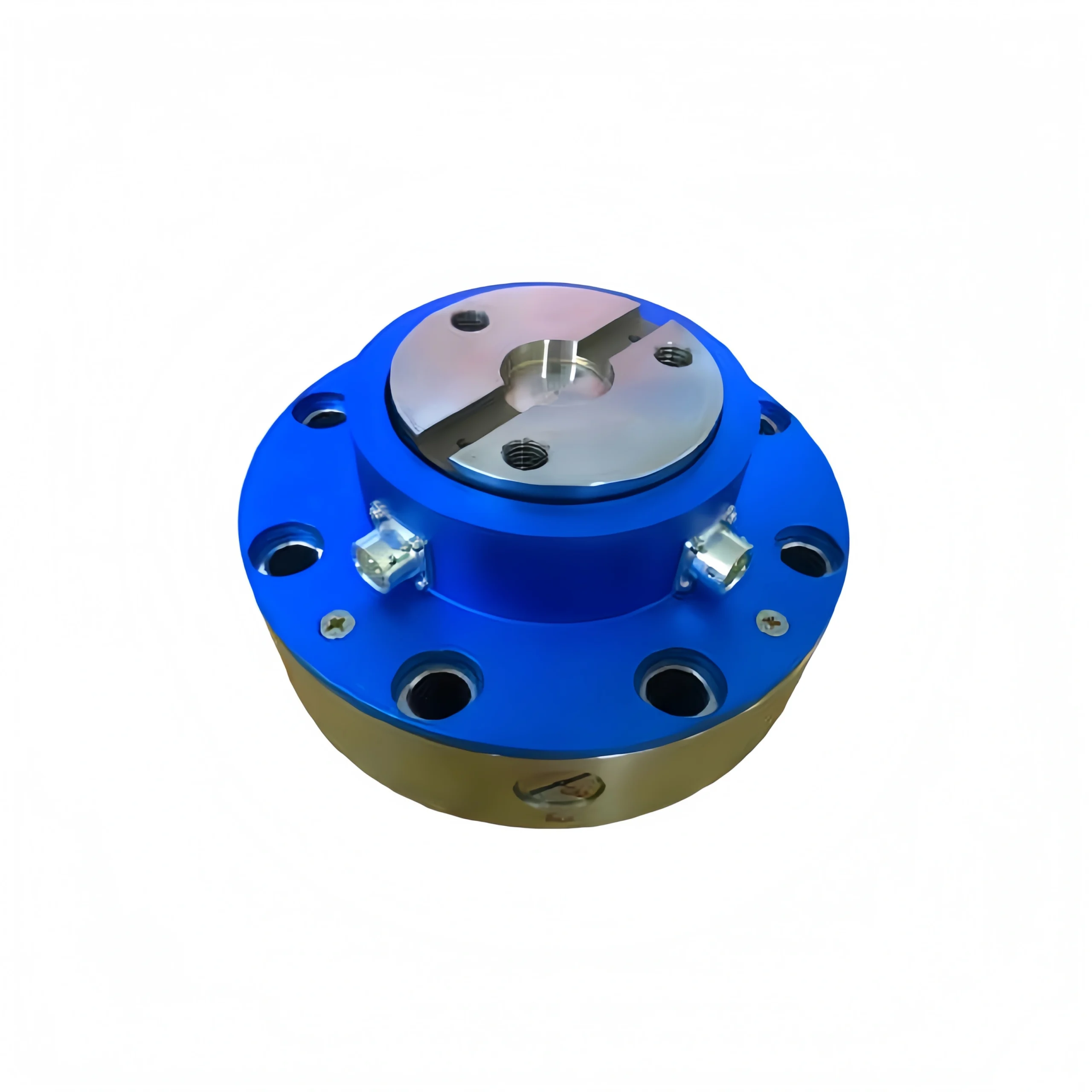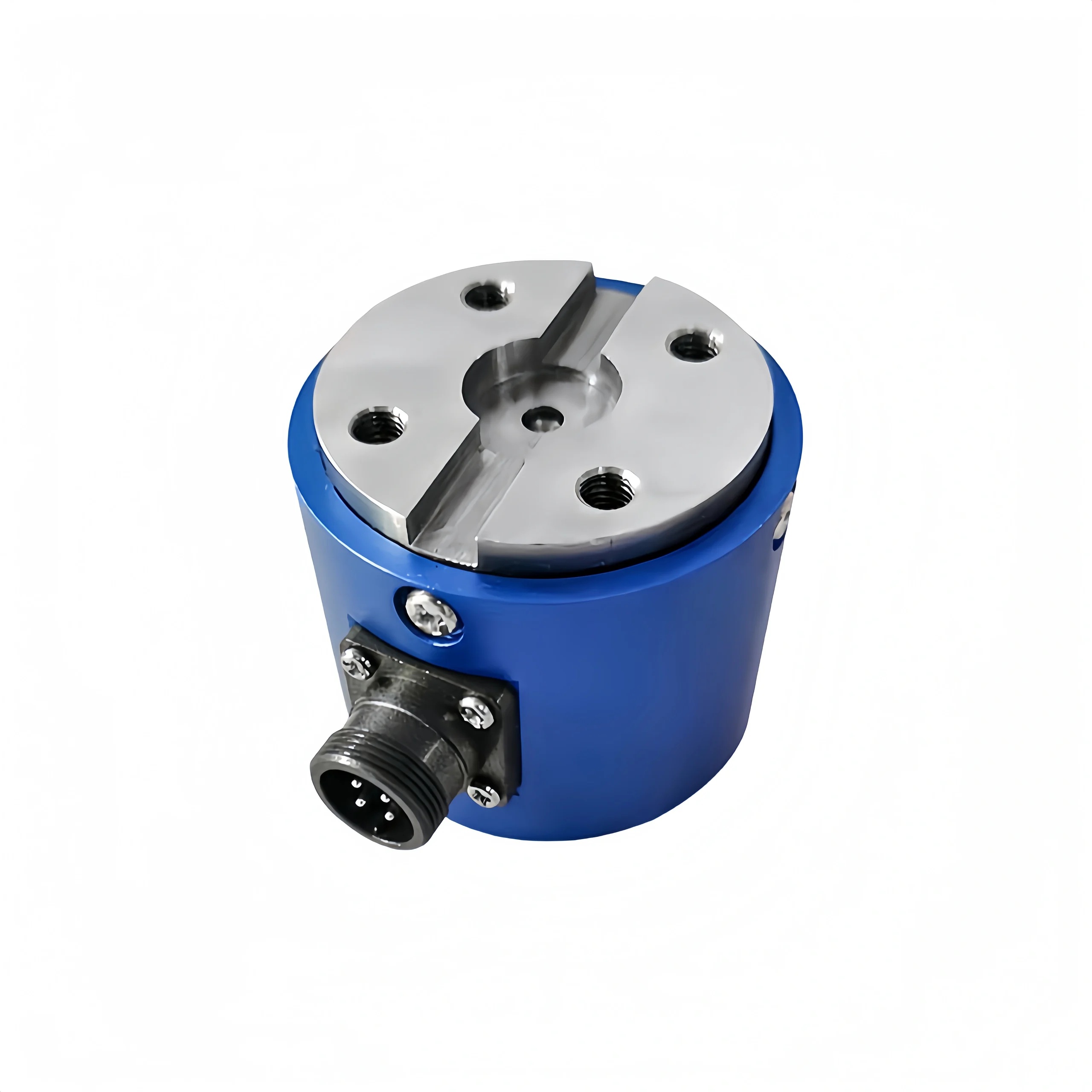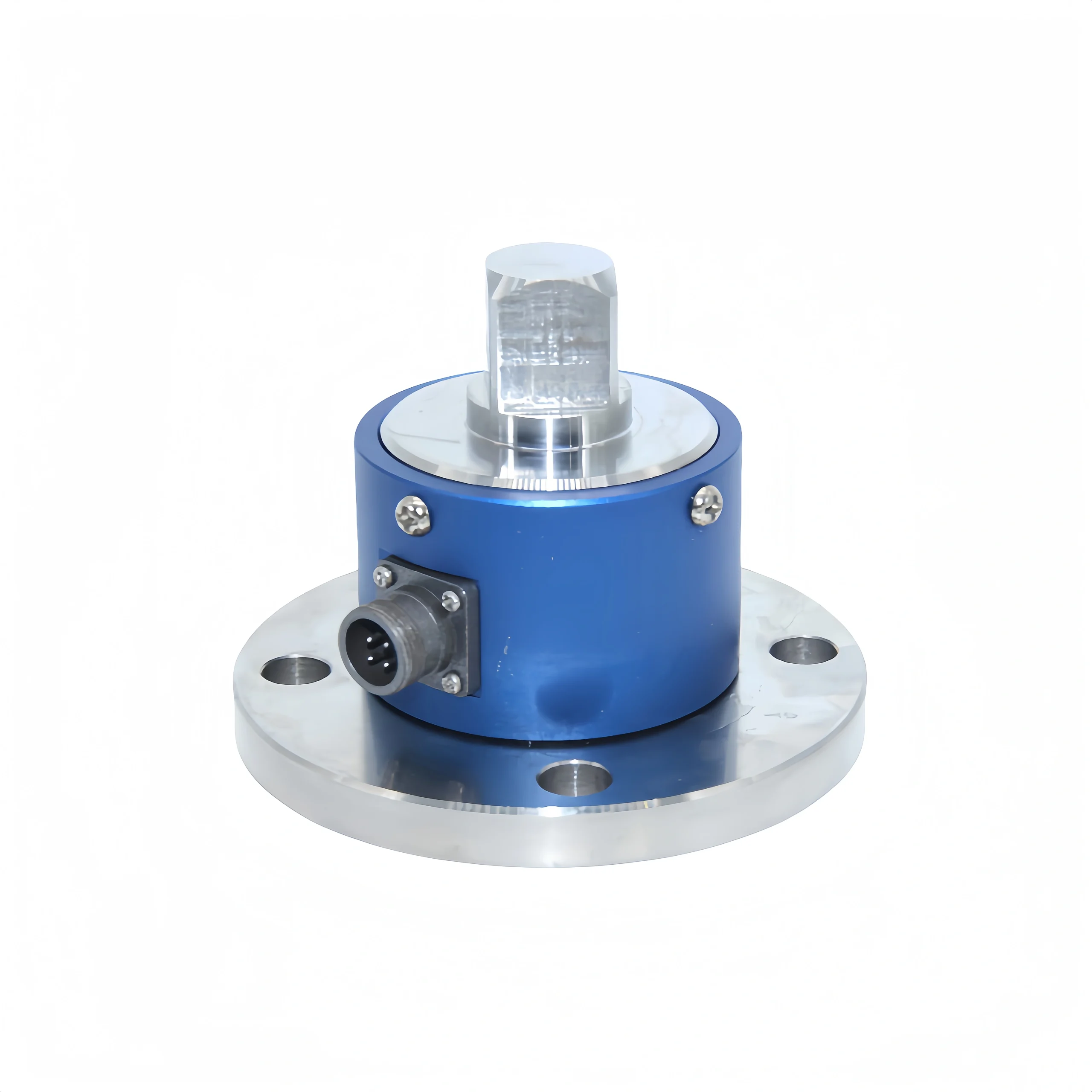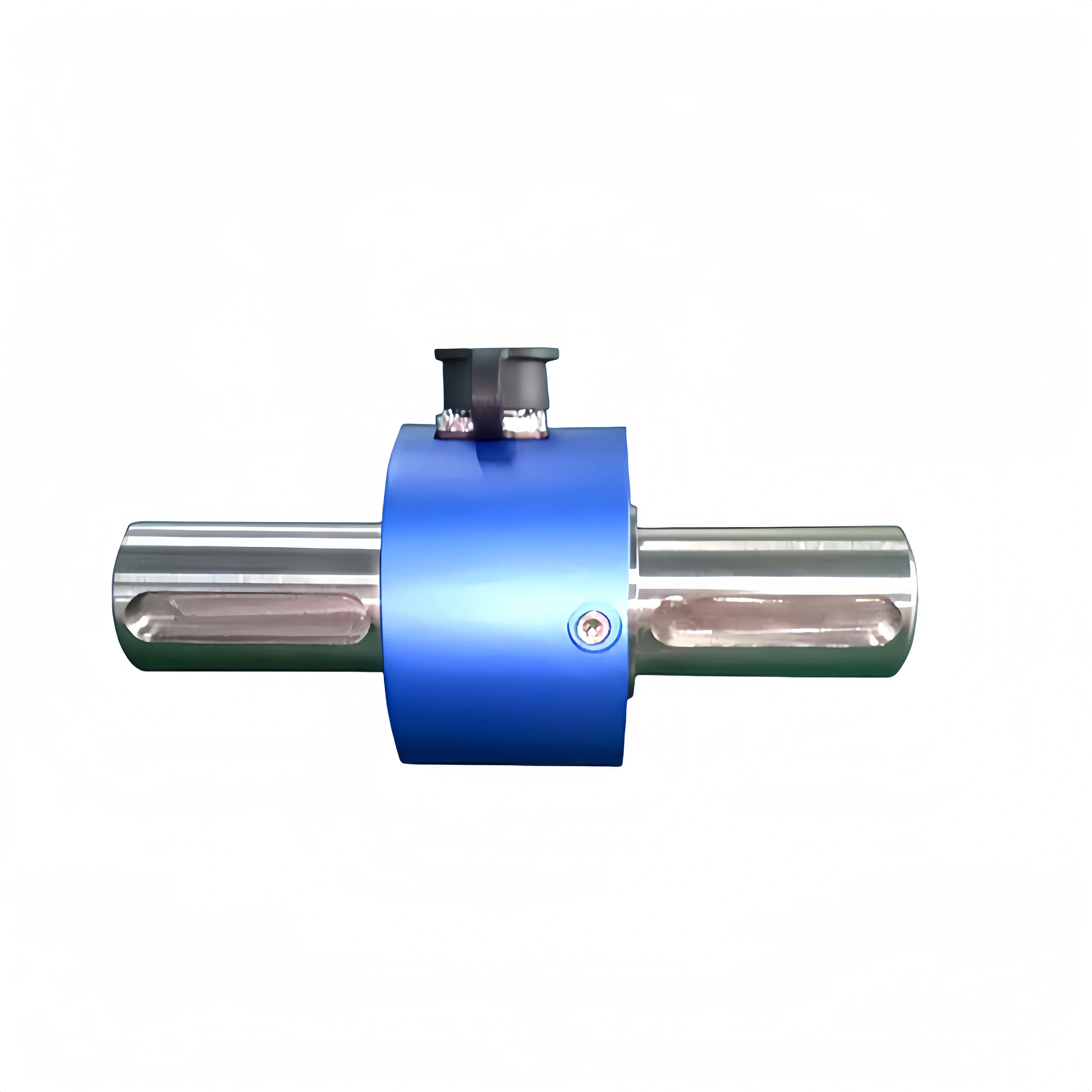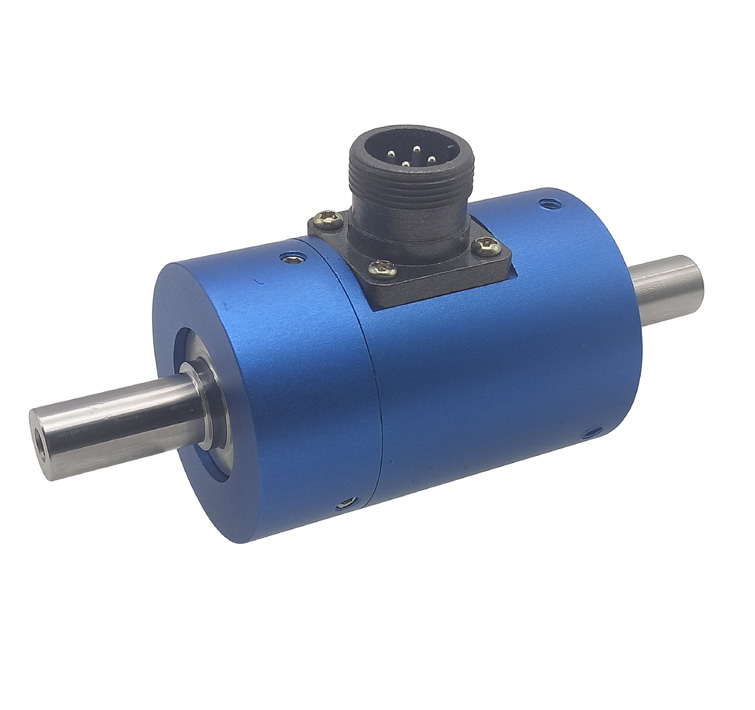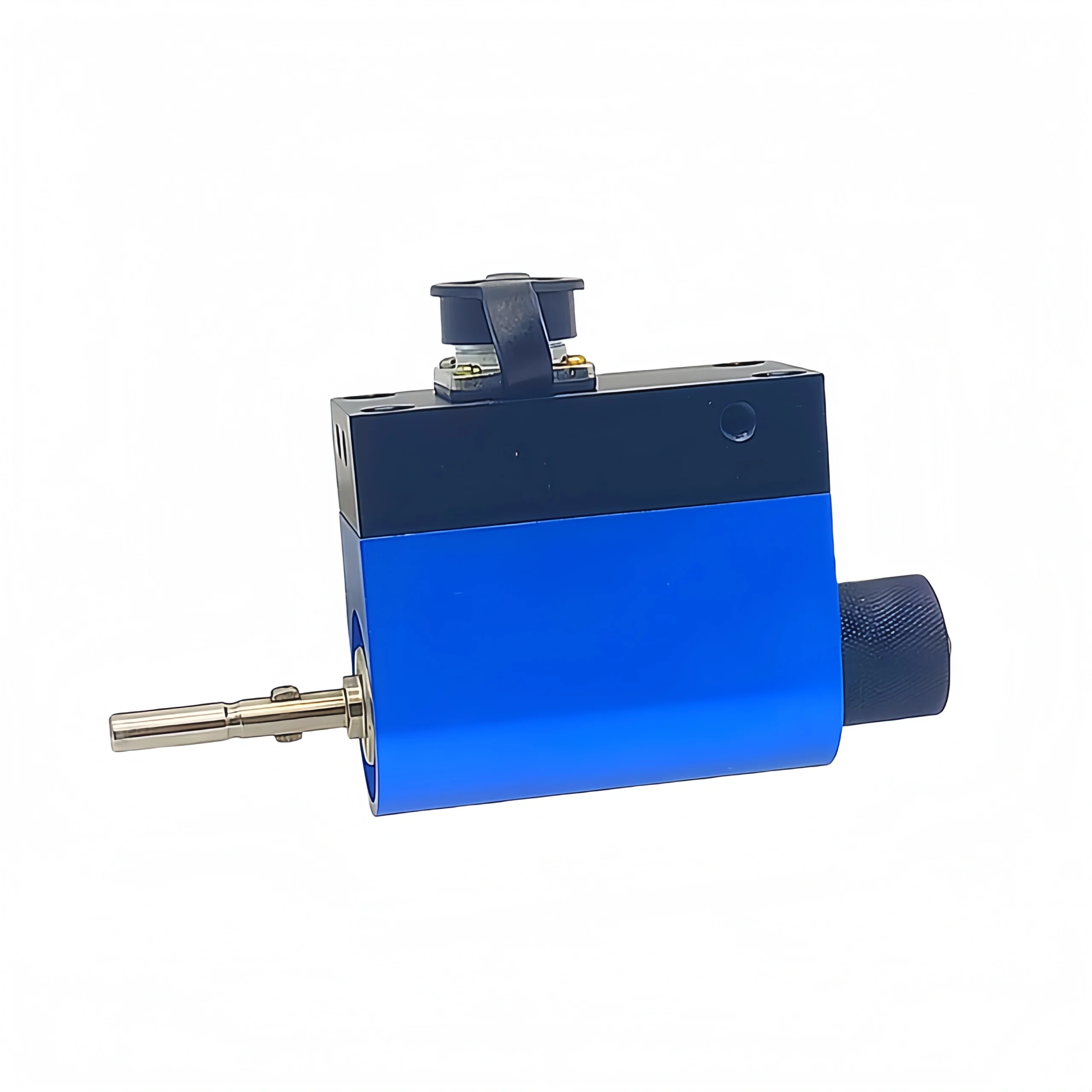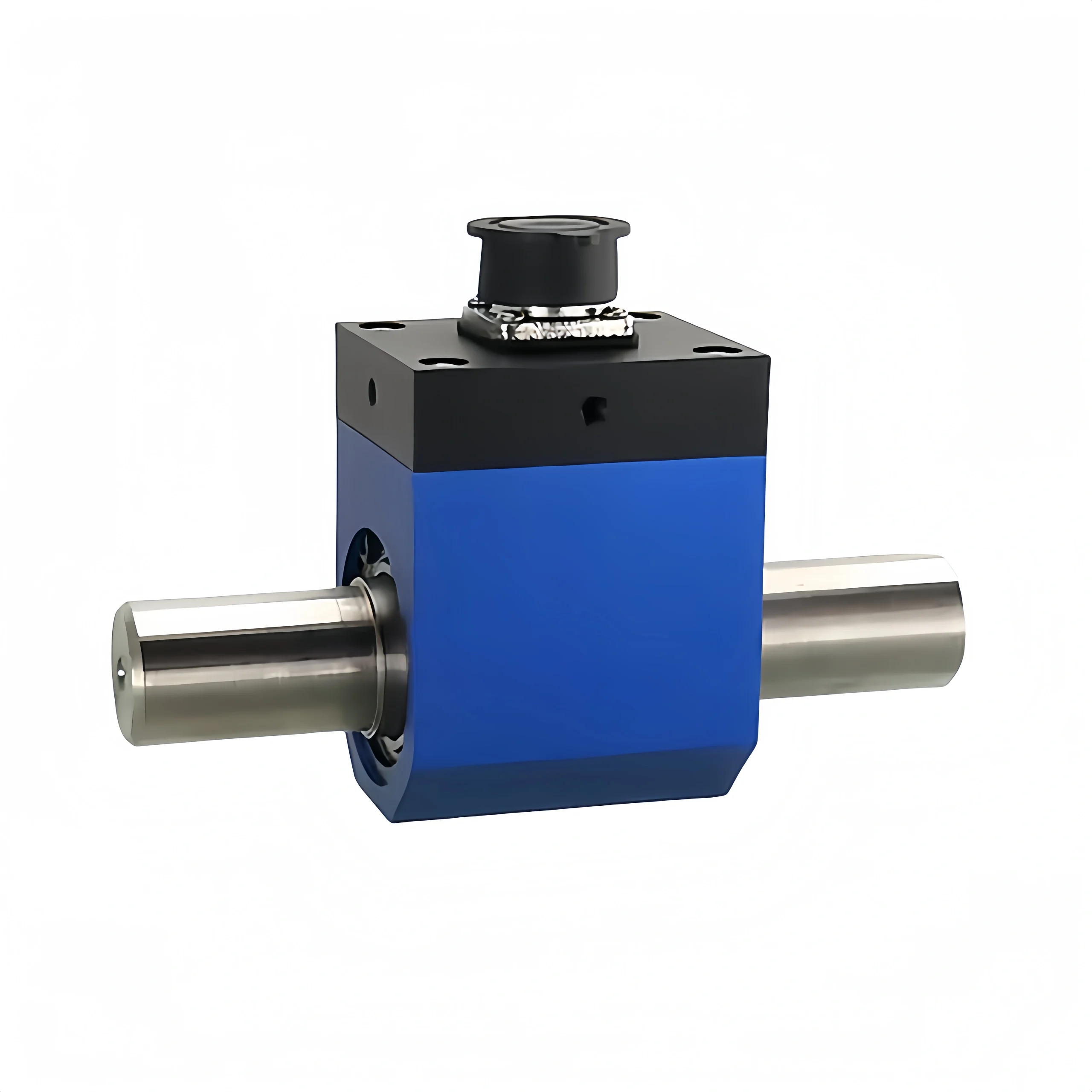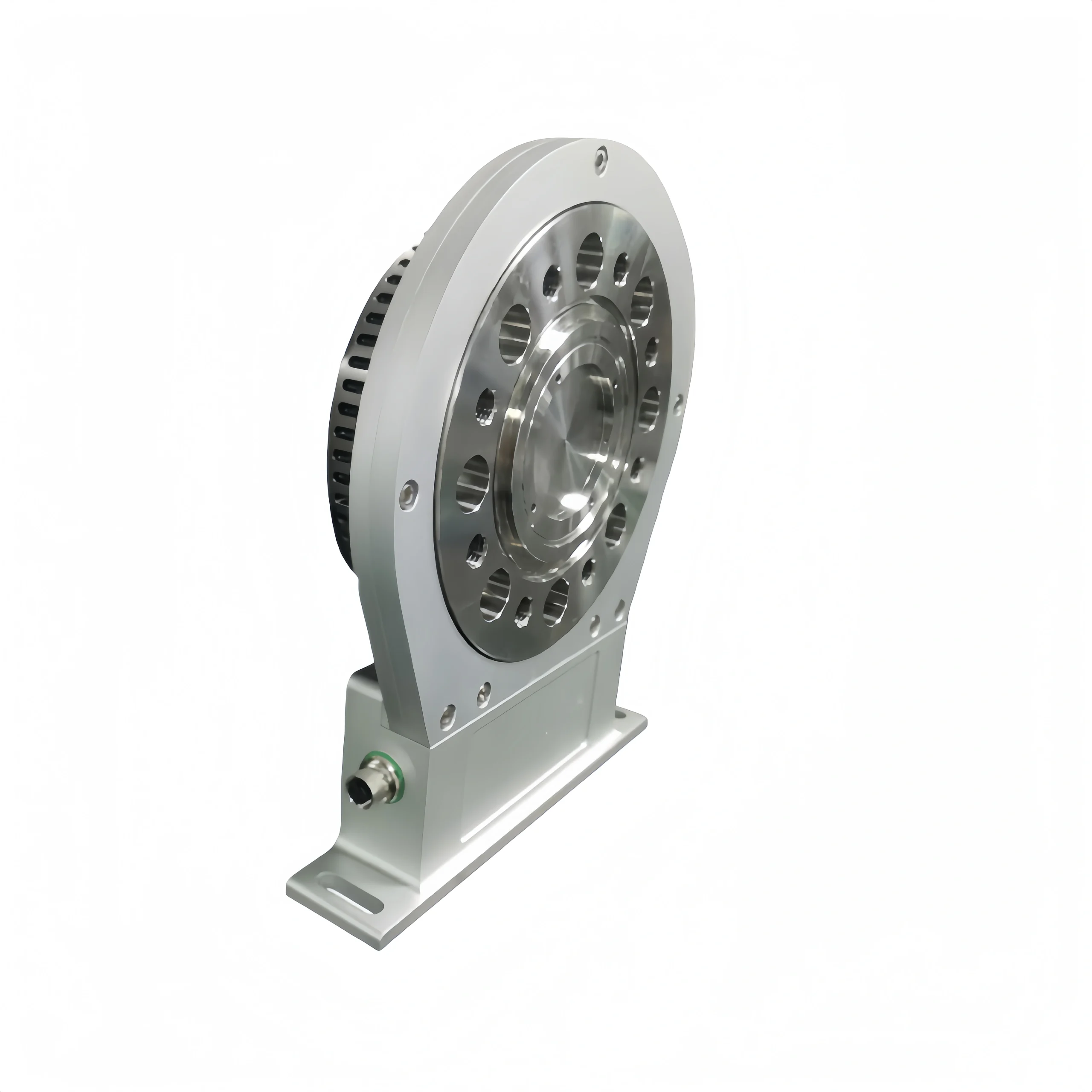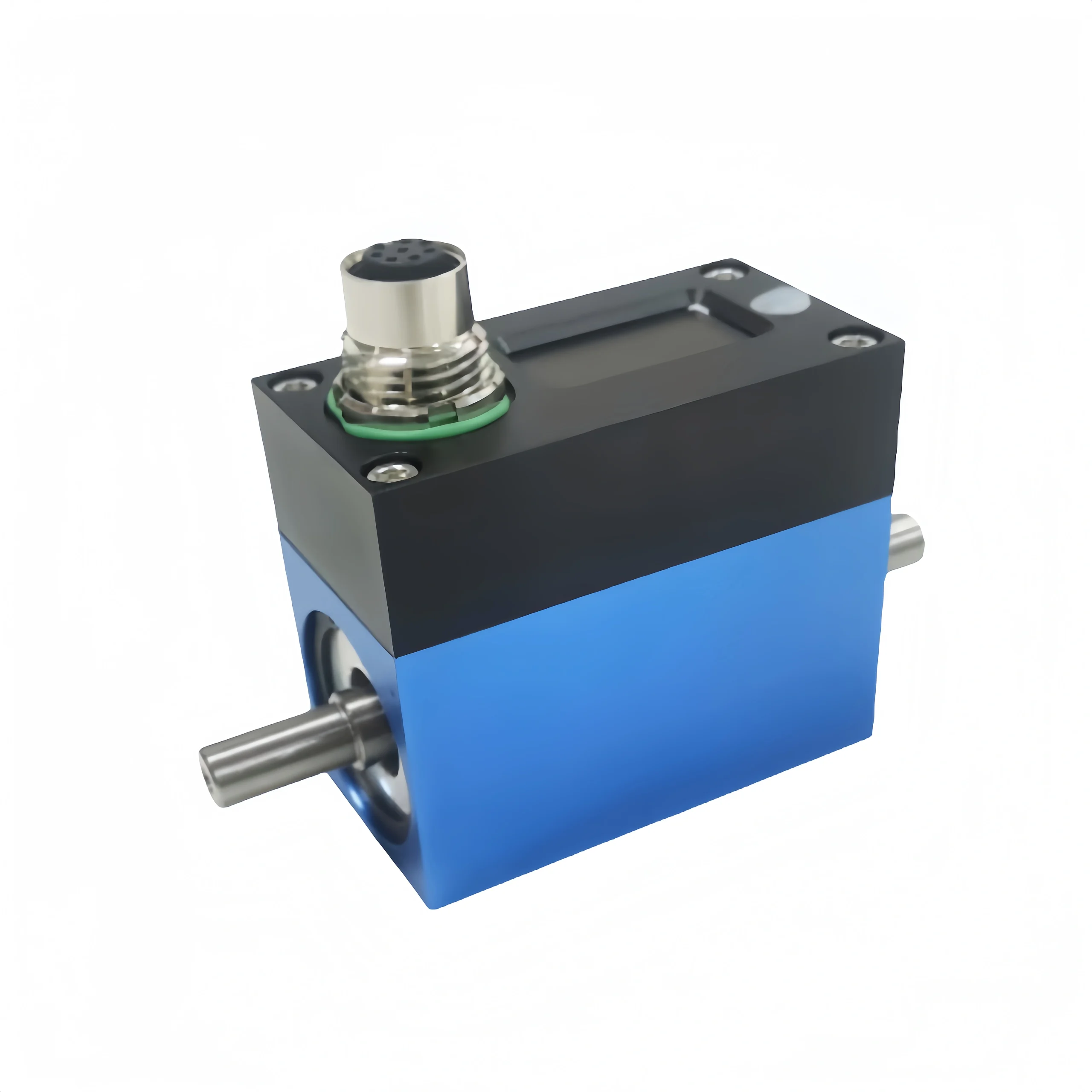Torque sensors are crucial measuring components in modern industry. They play an irreplaceable role in power transmission, mechanical control, and automated production. Torque sensors can accurately measure the magnitude and direction of torque in real time. Provide reliable data support for equipment operating status monitoring and fault warning. This article provides a selection guide. To help readers choose the most suitable torque sensor.
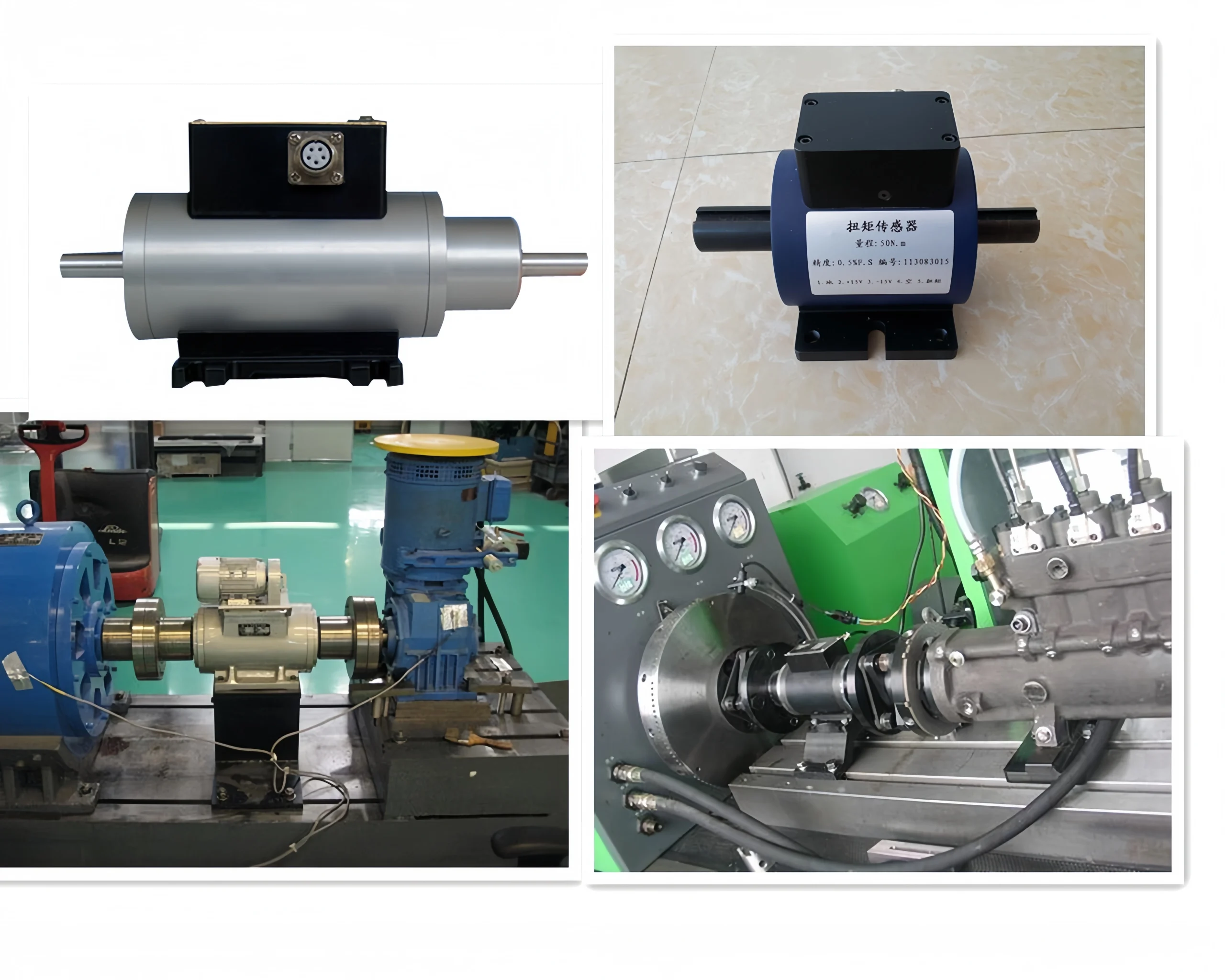
What is a Torque Transducer?
A torque sensor detects torsional torque on various rotating or non-rotating mechanical components. A torque sensor converts the physical change in torque into a precise electrical signal. Torque sensors can be used in the manufacture of viscometers and electric (pneumatic, hydraulic) torque levers. They offer high accuracy, fast frequency response, excellent reliability, and long life.
Torque sensors primarily infer torque by measuring the torsional deformation of a shaft. Their basic principle is to sense the amount of shaft torsional torque. using strain gauges, capacitors, optical fibers, and other technologies. The operating principles of torque sensors depend on the application requirements.
When selecting a torque sensor, it’s important to understand the sensor’s measurement principle. Ensure compatibility with the application.
Torque Sensor Features:
- Can measure both static and dynamic torque.
- High detection accuracy and stability.
- Strong anti-interference performance.
- Small size, light weight, and a variety of mounting configurations make it easy to install and use.
- Continuously measures forward and reverse torque without repeated zeroing.
- No wearing parts. such as conductive rings, allowing for long-term operation at high speeds
- The sensor outputs a high-level frequency signal. The signal can be directly sent to a computer for processing.
- The measuring elastomer is strong. And it can withstand overloads up to 200% FS.
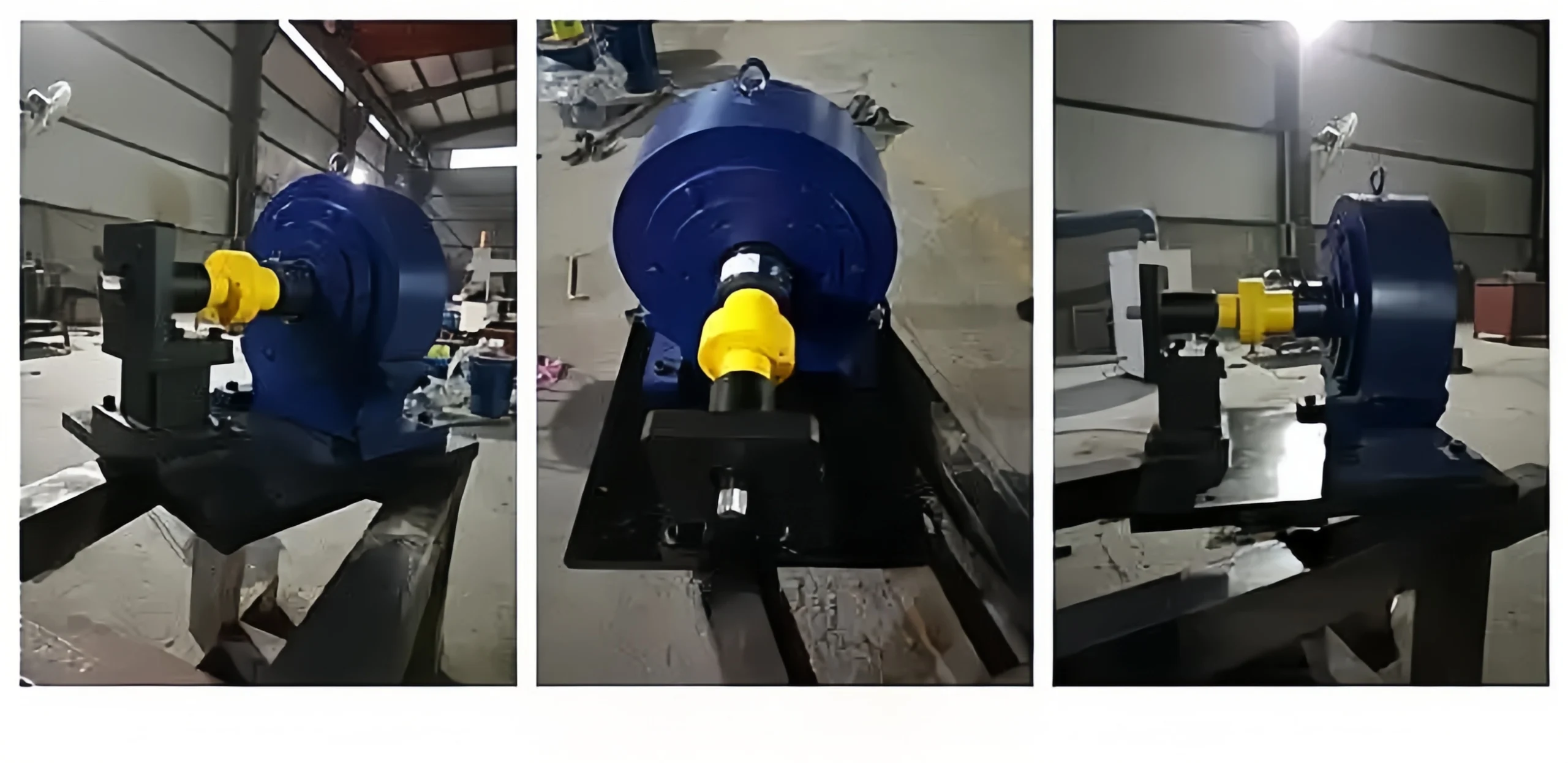
Torque Transducer Types
Depending on whether the torque transducer can rotate, torque transducers can be categorized as dynamic or static.
Dynamic Torque Transducers:
Dynamic torque transducers are generally used to measure torque fluctuations. Or when the test object undergoes rotational displacement. Require the capture of torque or peak torque. Examples include tightening machines, electric wrenches, motor output torque, engine output torque, and drill pipe torque. Common dynamic torque transducers include: Inductive torque transducers. brush torque transducers. potentiometer torque transducers (gear, torsion bar, and rotary arm types). Metal resistance strain gauge torque transducers.
Dynamic Torque Transducer Principle:
Torque is a common parameter in rotating power systems. The torsional angle phase difference measurement principle is often used to detect rotational torque. Two sets of gears with identical tooth numbers, shapes, and mounting angles are mounted at each end of an elastic shaft. A proximity transducer (magnetic or optical) is mounted on each outer side of the gears. As the elastic shaft rotates, these two transducers measure two sets of pulse waves. By comparing the phase difference between the leading and trailing edges of these two pulse waves, the torque applied to the elastic shaft can be calculated.
Advantages of Dynamic Torque Transducers:
Can simultaneously measure speed and power can also measure anglesAchieve contactless transmission of torque signalsDetection signals are digital. Suitable for testing applications with rapidly fluctuating torque.
Disadvantages: Large size. At low speeds, the leading and trailing edges of the pulse waves are difficult to compare. Low-speed performance is unsatisfactory.
Static Torque Transducers:
Static torque transducers are generally used to test applications with slowly fluctuating torque. The sampling rate is generally less than 50 times per second. Examples include testing manual torque wrenches and the static load torque of transmissions.
Common static torque transducers include: metal resistance strain gauge torque transducers and piezoelectric torque transducers.
Static Torque Transducer Principle:
A static torque transducer has one end fixed to a support surface. And the other to the rotating machinery under test. The movement of the mechanical component generates a reaction force. It generates a torque acting on the torque transducer. Based on the resistance strain gauge principle. The strain generated by the torsional torque is converted into an electrical signal with a linear relationship. Alternatively, based on the piezoelectric effect principle. The voltage change generated by the torsional torque is converted into an electrical signal with a linear relationship.
Advantages of static torque transducers: High stability, high measurement accuracy, and high cost-effectiveness.
Disadvantages: Not suitable for testing in rotating conditions, high-frequency changes, or high-speed conditions.
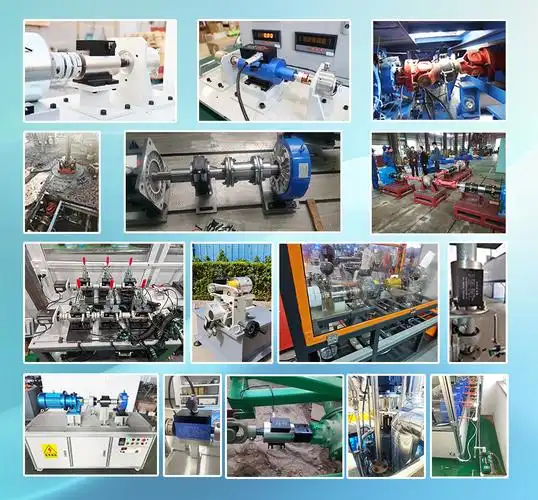
Torque Transducer Selection Guide - 10 Considers
Measurement Requirements
Different application scenarios place varying demands on torque sensors. For example, static torque sensors are more suitable for measuring torque values in static. Dynamic torque sensors are more suitable for these scenarios. Involving rapid rotation and dynamic changes. Therefore, before selecting a torque sensor, you need to clearly understand the factors. such as the torque range, speed, and operating environment to be measured. Ensure that the selected sensor meets your actual needs.
Accuracy Level
Accuracy level is a key indicator of the measurement accuracy of a torque sensor. Generally, higher accuracy levels result in more precise measurements. However, higher-accuracy torque sensors often come with higher prices. Therefore, when selecting a torque sensor. You need to balance your actual needs with your budget. For high-precision measurement applications, a torque sensor with a higher accuracy level can be selected. For practical applications, a torque sensor with a moderate accuracy level can be selected.
Acquisition Frequency
For extremely high acquisition frequency requirements, a slip ring torque sensor is recommended. However, the speed of a slip ring sensor cannot exceed 3000 rpm. Internally, brushes are used for the power supply and signal output. And prolonged rotation will wear the brushes. Compared to non-contact dynamic torque sensors, slip ring torque sensors cannot measure speed. Non-contact torque sensors (power supply and signal) meet most measurement needs.
Sensor Installation Method and Structure
Different types of torque sensors have different installation requirements. For example, magnetoelectric torque sensors require strict alignment during installation. Otherwise, the sensor’s elastic shaft may bend, resulting in additional error.
Sensor Output Signal and Interface
To meet diverse user needs, torque sensors offer a variety of signal outputs. It includes
frequency, voltage, current, and RS232/485.
Frequency Signal: 5kHz to 15 kHz.
Voltage Signal: 0-5V, 0-10V, -5V-5V, -10-10V, and mV/V options available
Current Signal: 4-20mA
The torque sensor’s output signal and interface must be compatible with the measurement system or data acquisition device.
Choosing a Torque Sensor Range
Torque Sensors can be categorized by range:
Micro Range: 0.2Nm to 5Nm
Small to Medium Range: 5Nm to 200Nm
Medium to Large Range: 10Nm to 300kNm
If torque is measured statically, the selected sensor should have a range that matches the maximum load of the device. When measuring dynamic torque (where the power supply cannot control speed), select a torque sensor with a range that is twice the maximum load torque of the device. If you have a converter to control the power supply speed. You can choose a torque sensor with a range that matches the maximum load torque of the device.
Axial Dimensions
For customers requiring a shorter axial dimension, a disc-type torque sensor is available. This sensor has no output shaft at either end. It significantly reduces the axial dimension. It is suitable for monitoring and measuring transmission. And it breaks components in the automotive industry. For customers with less stringent shaft requirements, a standard torque sensor is available.
Customization
To meet diverse customer requirements in terms of form, we can customize torque sensors. function and signal quality. To meet your specific needs. Sino-Inst has many years of experience in the torque industry testing. And we offer many custom torque sensors.
Perform Field Testing and Verification
It’s necessary to conduct field testing and verification. Ensure it meets measurement requirements. This can be done by installing the torque sensor in the actual application scenario. A torque transducer should undergo a series of tests. To assess its measurement accuracy and stability. If the measurement results do not meet the requirements, the sensor can be adjusted or replaced. Ensure it meets actual requirements.
Brand and After-Sales Service
Choosing a brand with a good reputation is crucial. It ensures stable torque sensor performance. Well-known brands typically have high standards in production quality. After-sales service is also an important factor when selecting a torque sensor. High-quality after-sales service ensures timely repair in the event of a device failure.
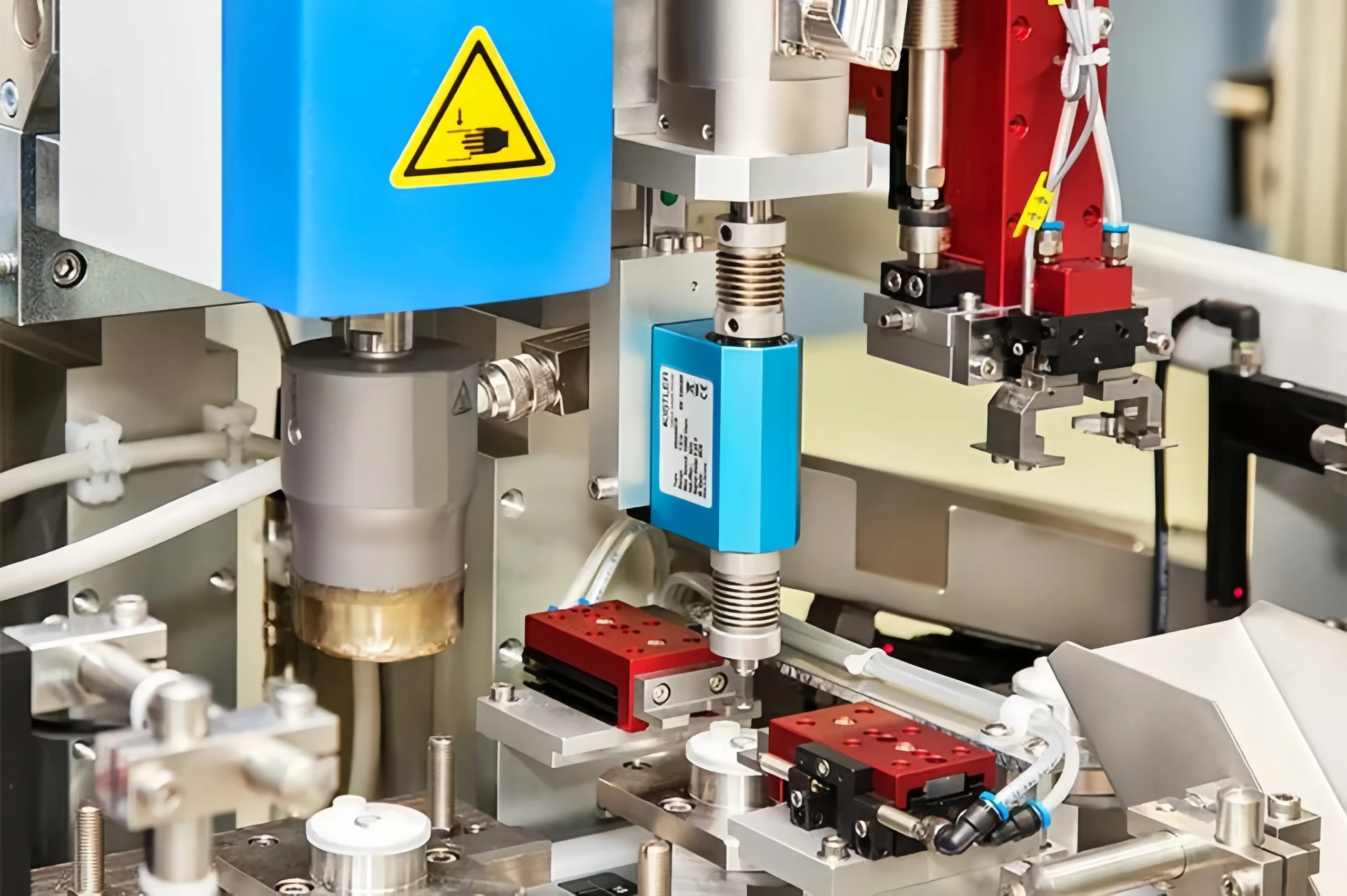
How to Calculate Torque Measurement?
The following are several commonly used methods:
Basic Formula Method:
Torque (T) = Force (F) × Lever Length (r).
Power and Speed Method Formula:
T = 9550 × Power (P) ÷ Speed (n).
How to Calibrate a Torque Sensor?
Prepare calibration equipment:
This includes a standard torque source, high-precision measuring instruments. (such as electronic scales, high-precision resistors). and a calibration fixture. It ensures all equipment is calibrated and in good condition.
Installation and Fixing:
Mount the torque sensor on the calibration fixture. It ensures the sensor is securely mounted. And its axis is aligned with the axis of the standard torque source.
Warm-up and Stabilization:
Warm up the sensor according to the sensor’s manual until it reaches a stable state.
Zero-Point Calibration:
Under no torque, adjust the sensor output to zero or a preset reference value.
Applying a Known Torque:
Using a standard torque source, gradually apply torque to the sensor at predetermined values. After each application of torque, wait for the sensor output. To stabilize before recording the reading.
Data Analysis and Adjustment:
Compare the recorded readings with the standard torque values, calculate the error, and plot an error curve. Based on the error curve.
Adjust the sensor’s zero point, sensitivity, and linearity parameters until the error meets the required tolerance.
Re-Verification:
After completing the initial calibration. Repeat the above steps for verification. Ensure the stability and reliability of the calibration results.
What are the disadvantages of a torque sensor?
1. Accuracy Affected by Environmental Factors: Such as temperature, humidity, and vibration.
2. Calibration Required: Torque sensors require regular calibration. Ensure their precision and accuracy.
3. Unsuitable for High-Speed Applications: In high-speed applications, torque sensors may be affected by inertia. Results in inaccurate measurement.
4. Limited Measurement Range: Torque sensors typically have a certain measurement range. And it cannot measure torque outside of it.
In summary, selecting the right torque sensor requires considering multiple factors. Choosing the right torque transducer can improve measurement accuracy, system efficiency, and reduce maintenance costs. Sino-Inst is a torque sensor supplier from China.
We offer a wide variety of torque sensors. And our torque sensors can be customized. If you have any questions about torque measurement, please contact us. Sino-Inst has over 20 years of experience in torque measurement. Sino-Inst can provide you with the most suitable solutions.
